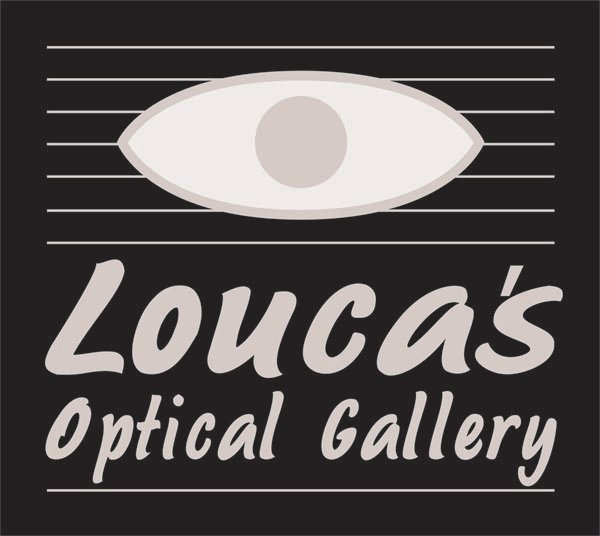
Also known as nearsightedness, myopia is one of the most common vision problems worldwide. This eye condition can be treated with eyeglasses, contacts, and surgery such as LASIK.
Hypermetropia (long-sightedness) is a common eye condition where nearby objects appear blurred, but your vision is clearer when looking at things further away. If you feel your eyes are often tired and you have problems focusing on objects close to your eyes, you may have hypermetropia.
Astigmatism is a common and generally treatable imperfection in the curvature of your eye that causes blurred distance and near vision. Astigmatism occurs when either the front surface of your eye (cornea) or the lens, inside your eye, has mismatched curves. Instead of having one curve like a round ball, the surface is egg shaped. This causes blurred vision at all distances. Astigmatism is often present at birth and may occur in combination with nearsightedness or farsightedness. Often it’s not pronounced enough to require corrective action. When it is, your treatment options are corrective lenses, contact lenses or surgery.
Presbyopia is the gradual loss of your eyes’ ability to focus on nearby objects. It’s a natural, often annoying part of aging. Presbyopia usually becomes noticeable in your early to mid-40s and continues to worsen until around age 65. You may become aware of presbyopia when you start holding books and newspapers at arm’s length to be able to read them. A basic eye exam can confirm presbyopia. You can correct the condition with eyeglasses or contact lenses. You might also consider surgery.
Cataracts are a clouding of the eye’s lens, leading to blurry vision and eventual vision loss. They often develop as people age, when the proteins in the eye begin to clump together and cause cloudiness, making it difficult to see properly. More than a half of the population has cataracts by their 80th birthday, and those who smoke, are obese, have high blood pressure, take certain medications, or have diabetes have a greater risk of developing them.
Glaucoma occurs when fluid pressure increases in the eye, damaging the optic nerve. People with glaucoma can lose their vision and eventually become blind, and the disease is one of the leading causes of blindness worldwide. Early treatment—through eye drops or surgery—may help slow the disease’s progression and prevent vision loss. People can develop glaucoma at any age, but it usually affects older adults.
Keratoconus is a progressive eye disease in which the cornea normally thins and begins to bulge into a cone-like shape. This cone shape deflects light as it enters, causing distorted vision. Keratoconus can occur in one or both eyes and often begins during a person’s teens or early 20s.The cornea is a very important part of your eye. Light enters the eye through the cornea, which refracts, or focuses, the light rays so that you can see clearly. With keratoconus, the shape of the cornea is altered, distorting your vision. Keratoconus can make some activities difficult, such as driving, typing on a computer, watching television or reading.
When the blood vessels in the eye become swollen due to dryness, allergies, or infections like conjunctivitis, the eyes can appear red and bloodshot. Oftentimes, red eyes don’t signal an emergency, but on some occasions—for example, if it’s accompanied by eye pain or vision changes—you should call your doctor.
A difficulty making enough tears to keep the eye moist, dry eye can cause blurry vision, burning, or itchiness. Using artificial tears or a prescription medication can help alleviate the discomfort.
Eye allergies, also called allergic conjunctivitis, are quite common. They occur when the eyes react to something that irritates them (called an allergen). The eyes produce a substance called histamine to fight off the allergen. As a result, the eyelids and conjunctiva become red, swollen and itchy. The eyes can tear and burn. Unlike other kinds of conjunctivitis, eye allergies do not spread from person to person. People who have eye allergies commonly have nasal allergies as well, with an itchy, stuffy nose and sneezing. It is usually a temporary condition associated with seasonal allergies. You can get eye allergies from pet dander, dust, pollen, smoke, perfumes, or even foods. If you cannot avoid the cause, your allergies can be more severe. You can have significant burning and itching and even sensitivity to light.












